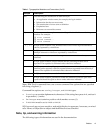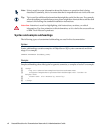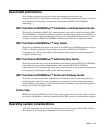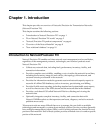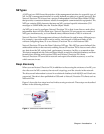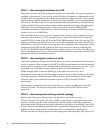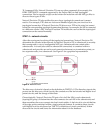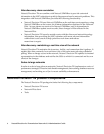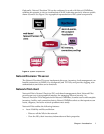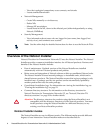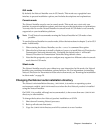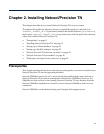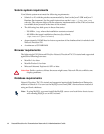
Chapter 1. Introduction 5
TL1-managed NEs, Netcool/Precision TN can use other commands (for example, the
RTRV-TOPOLOGY command supported by the Fujitsu 2400) to find topological
connections. Device-specific scripts can be written for inclusion with the NEType files to
discover these types of NEs.
Netcool/Precision TN also notifies the user of any topological connections it cannot
resolve. For example, PTPs that are Active and Enabled signify they are involved in a
topological connection. If Netcool/Precision TN discovers a PTP in this state, but cannot
locate the corresponding topological connection (because, for example, the NE is connected
to a different vendor's NE), Netcool/Precision TN notifies the user so that the topological
connection can be created manually.
STEP 4 – network circuits
After discovering and resolving all the topological connections, Netcool/Precision TN
determines the circuits in the network. In Netcool/Precision TN, a subnetwork is an entity
that corresponds to a set of configurable NETypes. Subnetworks can contain other
subnetworks. A circuit (also called a subnetwork connection) is contained within a
subnetwork and provides an end-to-end connection between two termination points, on
two separate nodes, in a subnetwork. See Figure 2 for a graphical representation.
The discovery of circuits is based on the definition in TMF 513 v2. The three key steps in the
process are the discovery of leaf circuits, the correlation of the leaf circuits into higher level
parent circuits, and the storage of that data.
Chronologically, Netcool/Precision TN gets a list of all the NEs in each subnetwork
(topological group). It determines the cross-connects for each NE in the subnetwork, and
then normalizes the cross-connects into leaf circuit entities. A leaf circuit is a circuit that has
all its edge points contained within a single network element. It correlates these circuits
with higher level circuits (based on TMF 513's definition of circuit correlation). It then
discovers the circuits and stores the information about it in the database.
Figure 2. Network circuit



